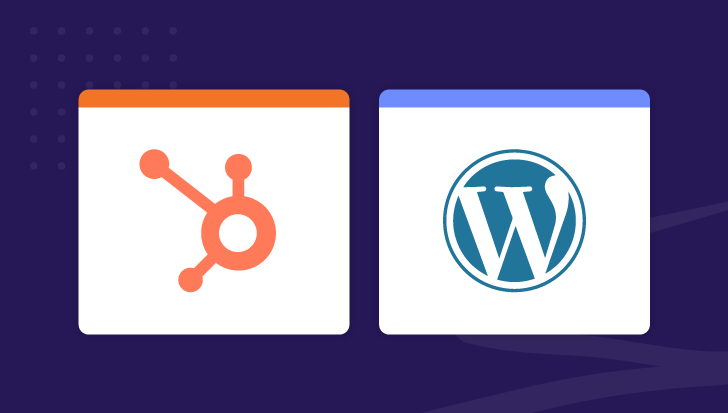




Every time your website visitors stay on a page for longer than 15 seconds, click-through one hyperlinks, or (hot-diggetty-dog!) tap on a CTA, they're voting for you. They're saying, "I liked this and I want more." Each time they bounce off a page quickly, have zero click-throughs, or fail to follow up on a CTA tap, they're saying, "Um, no thanks. I'm not finding what I want here."
This information – website visitor behavior – is extremely vital to your website's (and your company's) success, which is why growth-driven website design is proving to be the best inbound marketing practice yet.
When is the last time you redesigned your website? If you haven't yet, we predict eyes are rolling, you're groaning, feeling guilty and thinking, "I know, I know, I need to but...." If you've recently completed one, you may feel a bit queasy as you remember the time, energy, and dollars you poured into the thing – and you don't even want to see the words "website redesign" again. Ever.
We understand completely. The reality is: inbound marketing is a living, breathing, evolving entity and even pros like us continue to learn about it on a daily basis.
Here's what we've learned recently: traditional website design - performed every 2.5 to 5 years - is not the most efficient means of optimizing your website (so sorry). There's a better way to do it and continue to do it, in response to your buyer personas' wants, needs, and pain points – month after month after month. This improved method is called Growth Driven Website Design, and it is easier, more fluid, and considerably more effective than the older, dumber way.
So, get smart already. If you're due for a new website design, talk to website design firms who are fluent in growth driven website design. If you've recently completed a re-design, that's fantastic. You've reached the "starting line." Get that crumpled-up wishlist out of the trashcan and pin it back to the cork board. You're in prime position to continue the growth driven website design process.


Rebecca Graves co-founded Spot On in 2012. As a partner and leader of client services, she takes immense pride in being in charge of “client happiness.” The role allows her to wield her problem-solving skills while fostering big-picture perspectives and team building. Rebecca’s more than 35 years of experience have equipped her to translate strategic planning expertise for the advancement of tech companies transforming the healthcare, financial, and legal industries.
Get the latest and greatest posts sent straight to your inbox.


